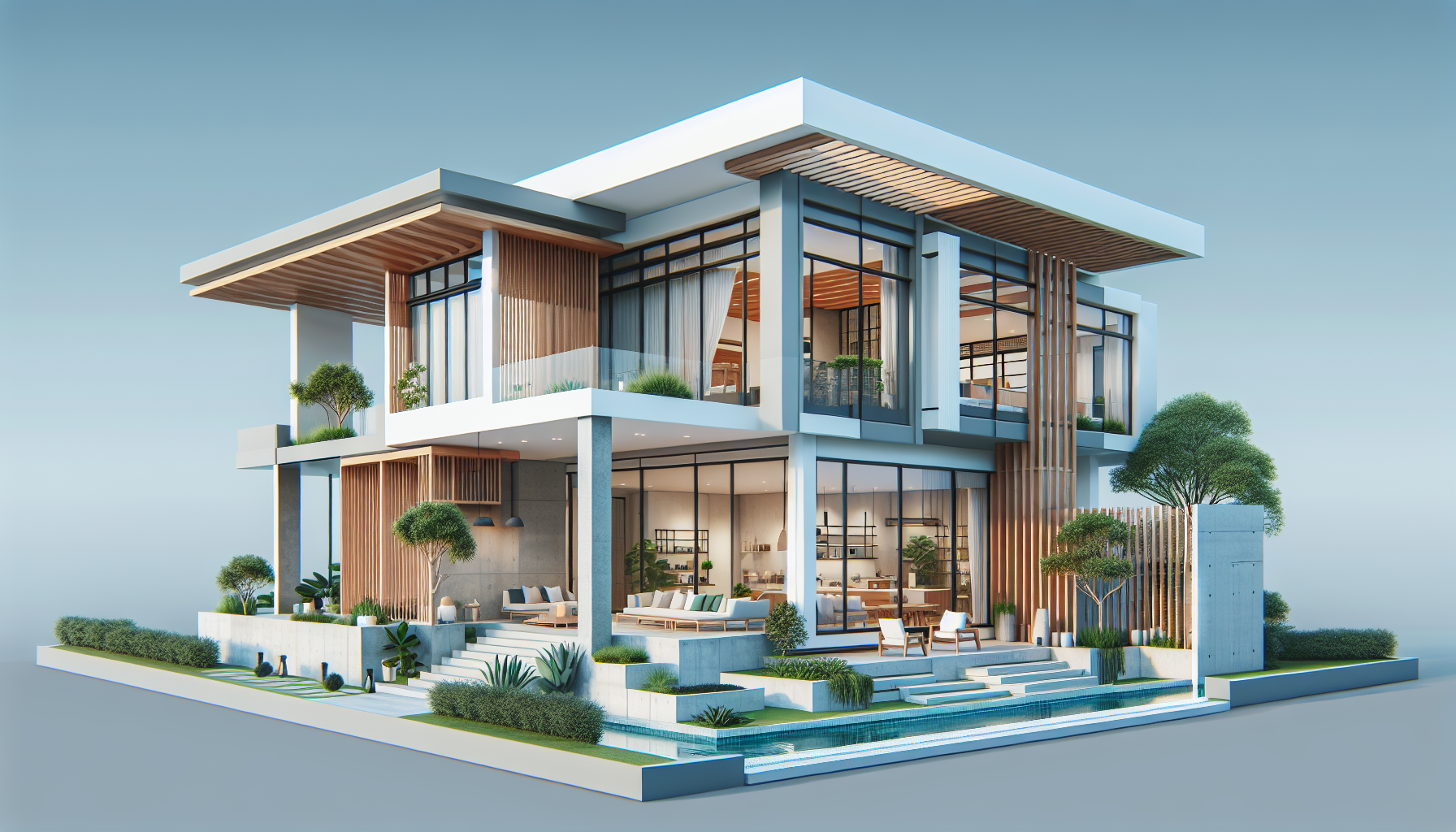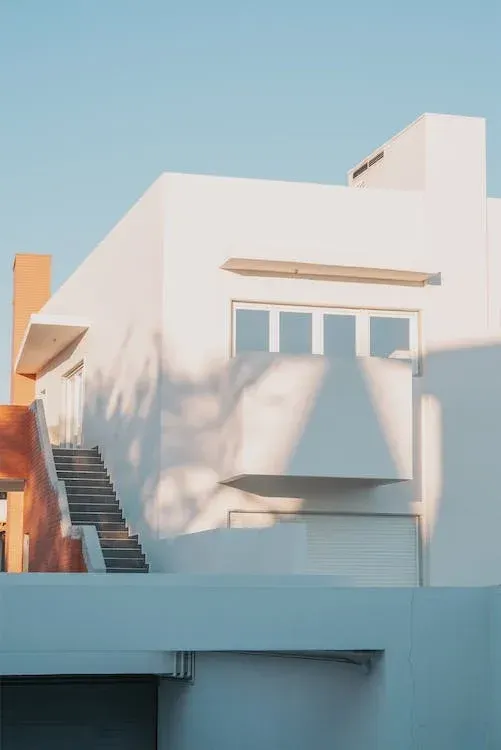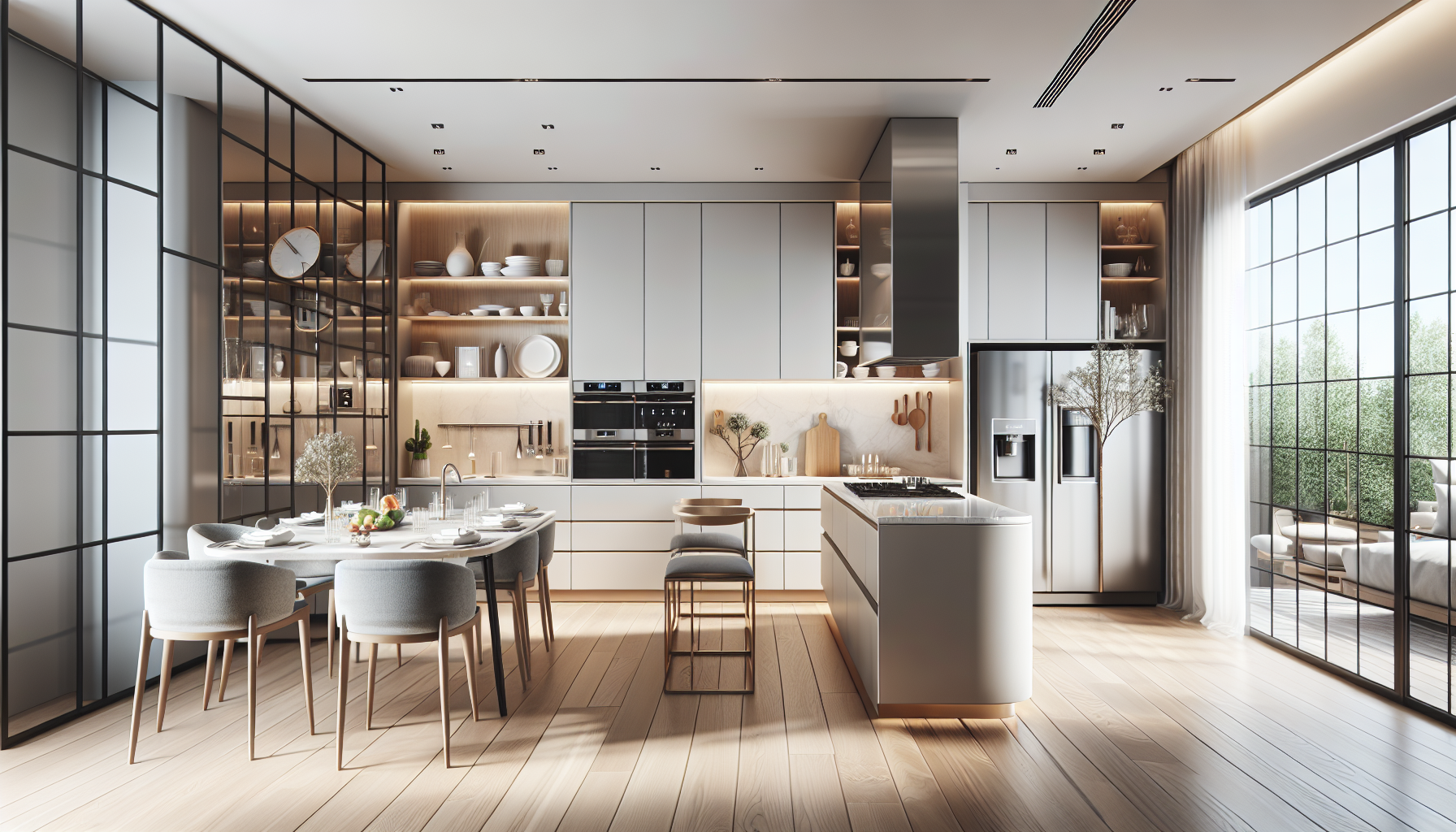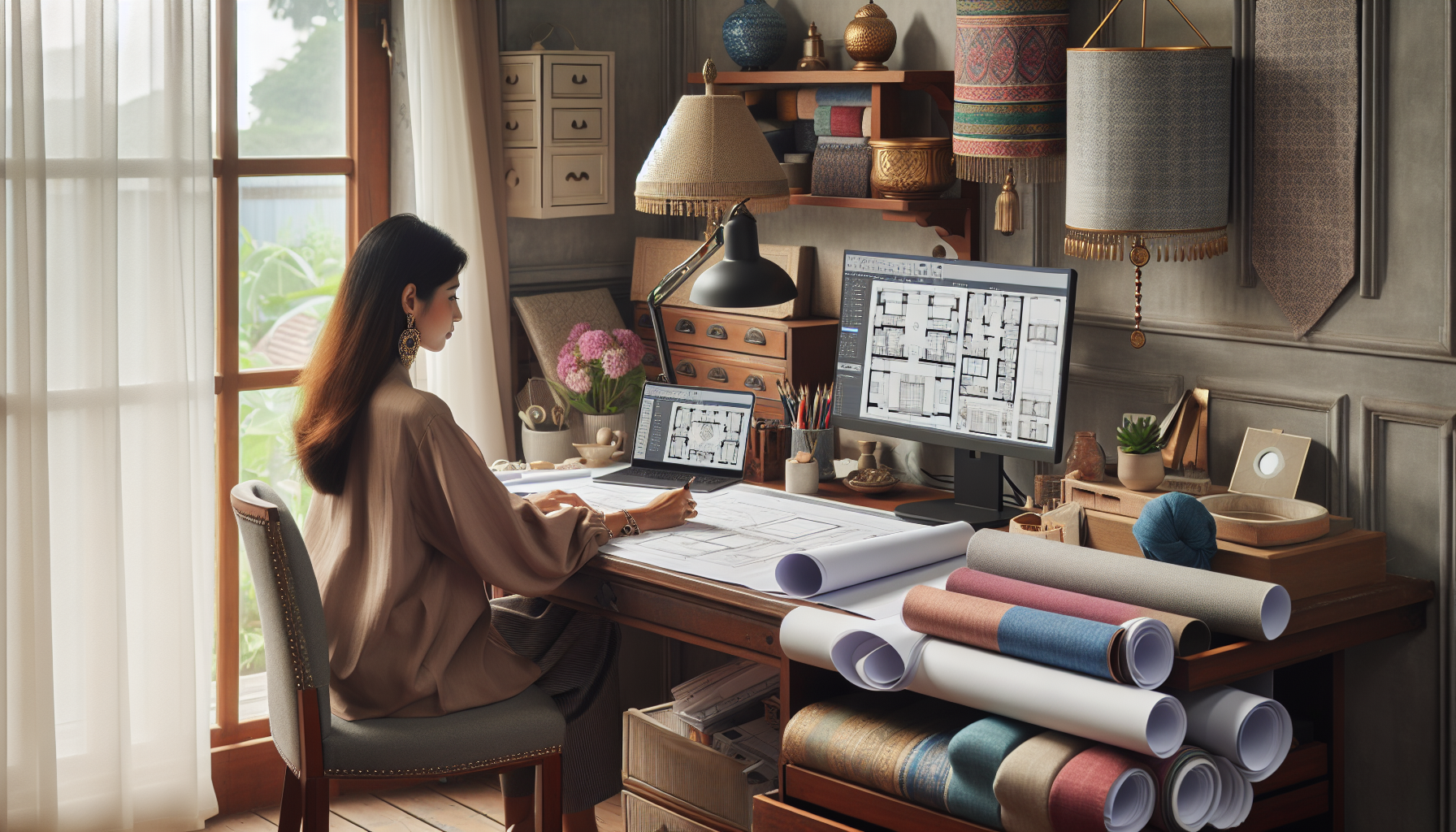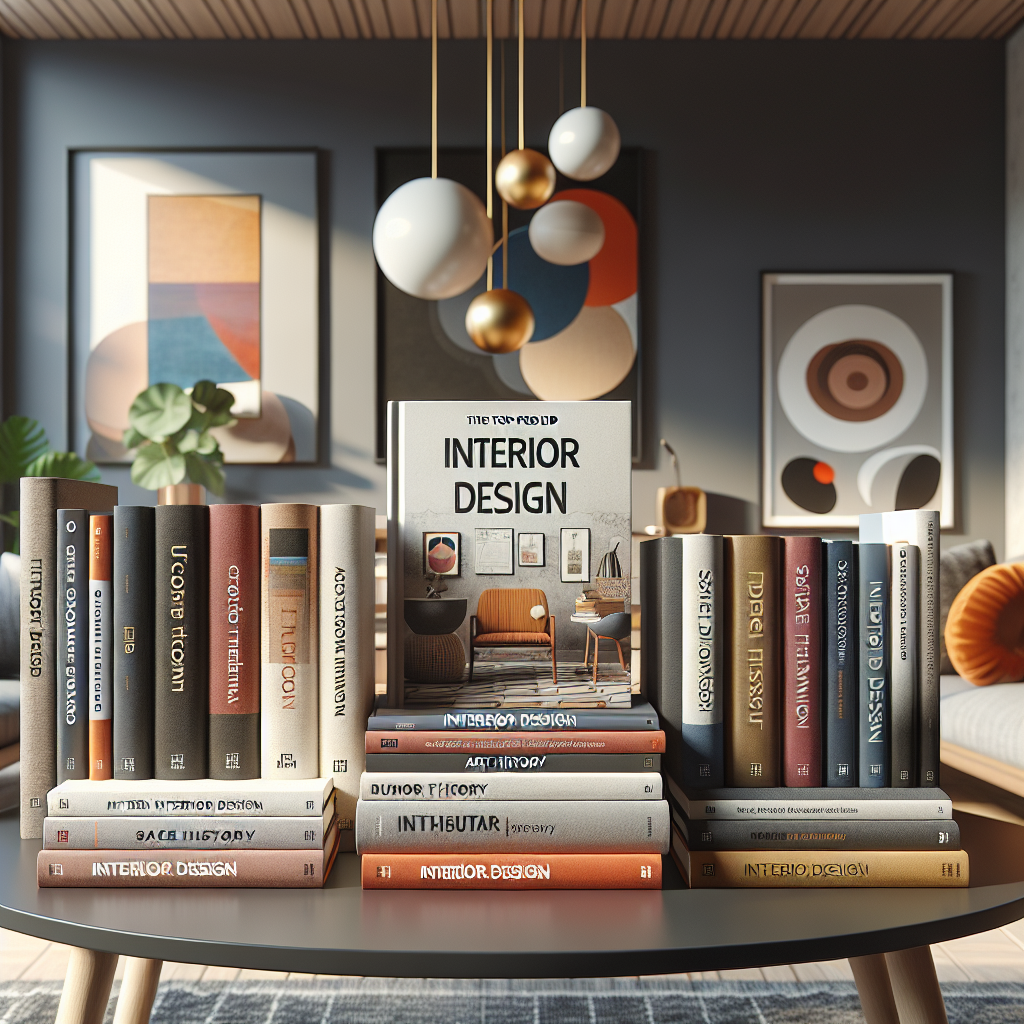Small Home Design Ideas In Nepal
Introduction
With the escalating expenses related to land and construction materials Nepal is witnessing an increasing fascination with home design. Embracing the concept of small houses brings advantages like affordability, sustainability, and optimal space utilization. Contrary to belief planned small homes can be just as comfortable and practical as their larger counterparts. In this blog post, we will delve into factors to consider while designing homes and offer tailored ideas, for small home design specifically suited for Nepal.
Crucial Considerations for Designing Compact Homes in Nepal
When designing a small home in Nepal, there are several important factors to keep in mind:
- Climate and weather conditions - Nepal has a predominantly temperate climate but with variations across regions. The Himalayan region in the north experiences cold winters and mild summers. The Tarai region in the south has a more tropical climate with hot, humid summers and mild winters. Home design should respond to the local climate and maximize natural light and ventilation. Passive cooling techniques like air vents, operable windows, shading devices, and insulation can help manage heat gain.
- Common building materials and styles - Stone, block, mud, thatch, and bamboo are commonly used building materials in Nepali vernacular architecture. The Newari style seen in Kathmandu Valley featuring block walls, tiled canopy, carved wooden windows, and decorative block motifs can inspire contemporary small home design. Traditional mud and thatch construction is also prevalent in rural areas. Where possible, locally sourced, natural materials should be used for sustainability.
- Livability and storage solutions for small spaces - Careful layout and space planning are crucial for small homes. The floor plan must allow practical circulation and furniture placement. Built-in storage like cabinets, lofts, under-stairs storage, etc. can maximize space. Multifunctional furniture like storage beds, foldable tables, and modular units also promote efficient use of limited areas.
- Blending traditional and modern design elements - Small homes in Nepal can creatively integrate traditional motifs like block jalikhel, carved wood pillars, or decorative window details with modern amenities and technology for an authentic cultural blend. Comforts like electricity, plumbing, and WiFi can be added without compromising on traditional aesthetics.
Careful consideration of these factors will lead to a small home design that is optimized for the Nepali context, climate, and lifestyle. The rest of this blog post explores small home design strategies for Nepal in greater detail.
Choosing the Right Location and Orientation
Selecting an optimal location and orientation is key to creating a livable small home. Here are some tips:
- Face the longest side towards the south to maximize natural light and solar heat gain in winter.
- Avoid low-lying flood-prone areas. Select a site with good drainage and elevation.
- Consider the contours and landscape. Position to minimize cutting into slopes and work with the topography.
- Give importance to good road access and proximity to amenities.
- Orient indoor spaces considering views, sunlight, and wind patterns according to Vaastu Shastra principles.
- Angle the corners for better wind circulation and furniture placement.
- Keep sufficient space around the home for parking, gardens, ancillary structures, etc.
Small Home Floor Plan Ideas
Creative layouts and space-saving techniques are vital for small home floor plans:
- An open-plan arrangement blurs boundaries between rooms creating an illusion of more space. However, some compartmentalization is still needed for privacy.
- Rooms can serve multiple purposes through multifunctional furniture like Murphy beds, coffee tables with storage, etc.
- Loft bedrooms, overhead storage, and floating shelves utilize vertical space.
- Foldable partitions or screens allow customizable room divisions.
- Angled, curved, or irregularly shaped walls break boxiness and mundanity.
- Optimal traffic flow and circulation should be ensured so spaces don't feel cramped.
- Allow natural light to permeate all areas through skylights or interior windows if rooms don't have an external window.
- Include adequate storage areas like stair nooks, above washer/dryer space, etc.
Here are some example layouts for 800 sq ft homes:
Open plan with loft
This Design uses an open plan for living, dining, and kitchen to make the space feel airy and connected. A loft above the kitchen is used as the bedroom while the ground floor has a bathroom and storage unit.
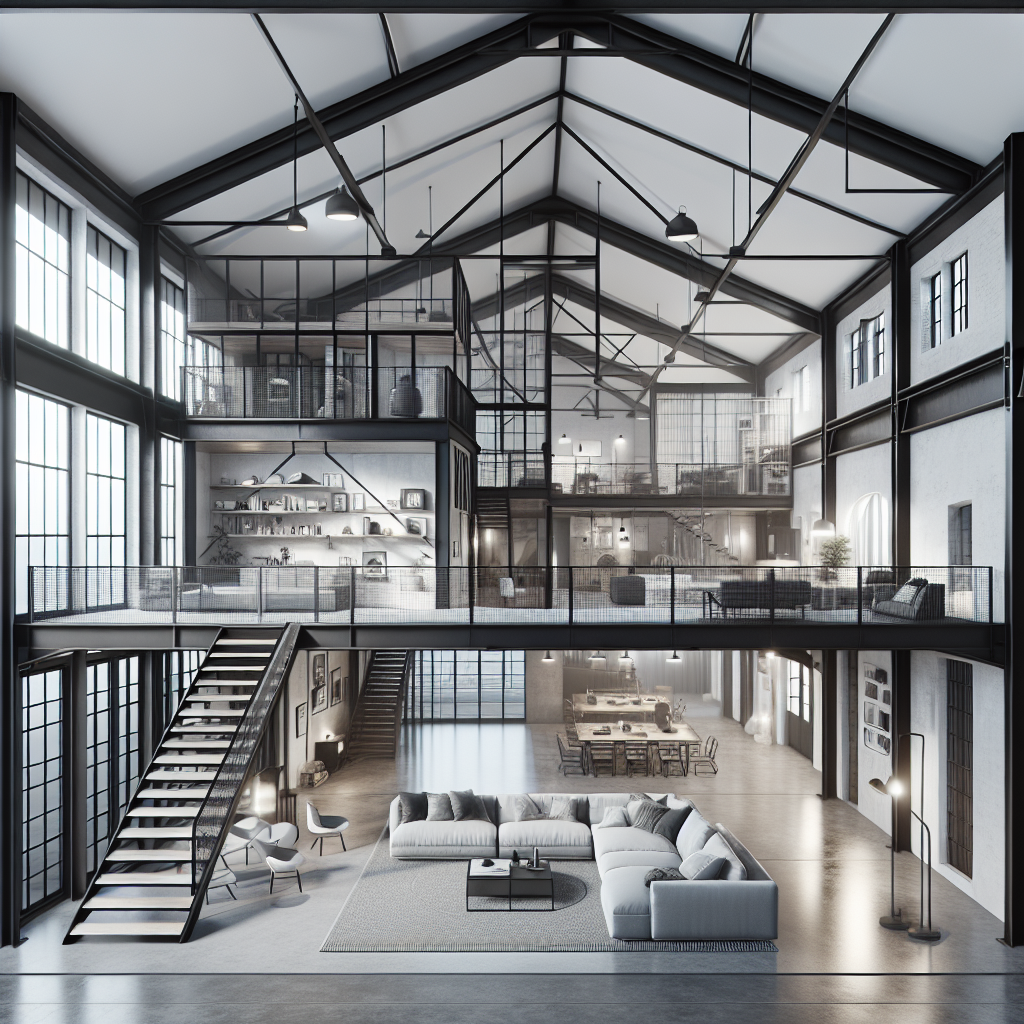
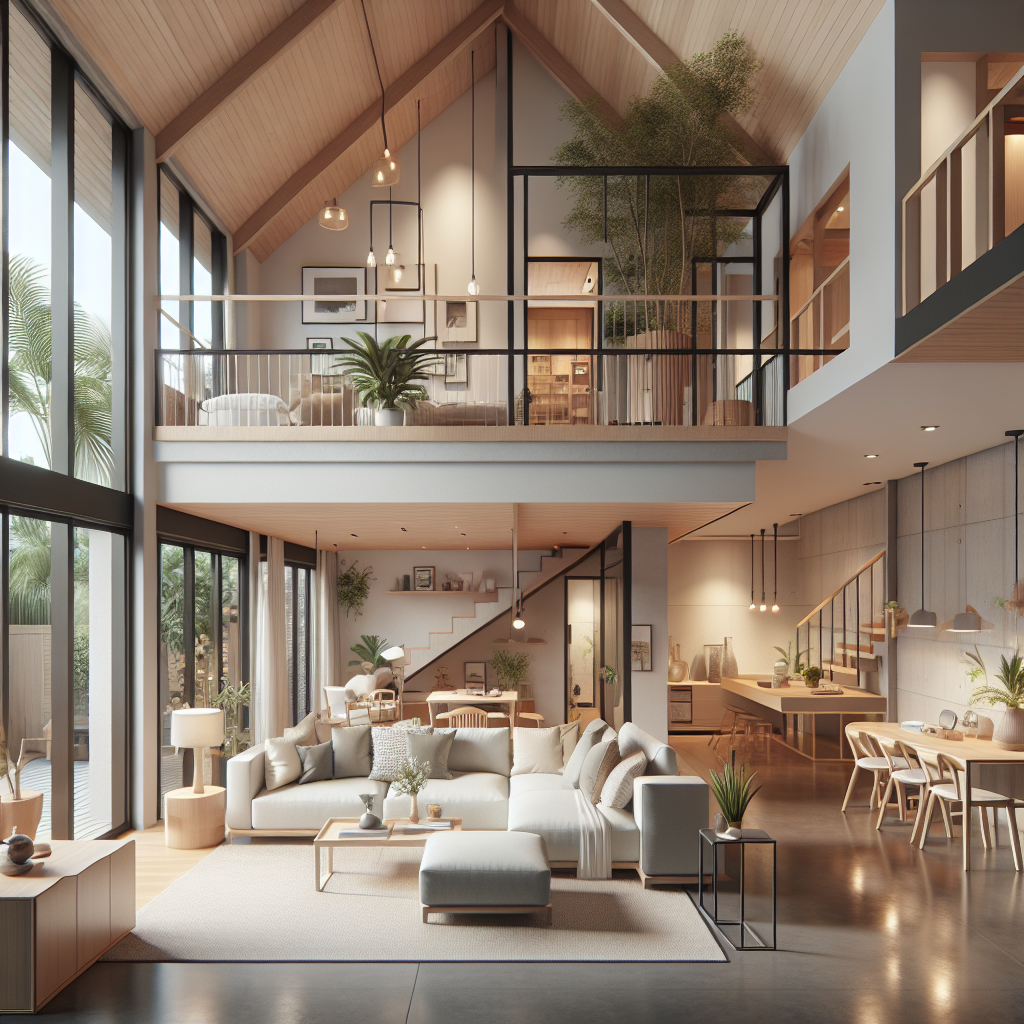
Compact footprint with two bedrooms
This rectangular arrangement fits two bedrooms, living room, kitchen, dining area, and bathroom into a compact footprint using furniture like bunk beds and Murphy beds.
Three split levels
This hillside home is designed across three split levels connected by stairs allowing good separation of public living, private sleeping quarters, and utility areas. The multiple floors add more usable area.
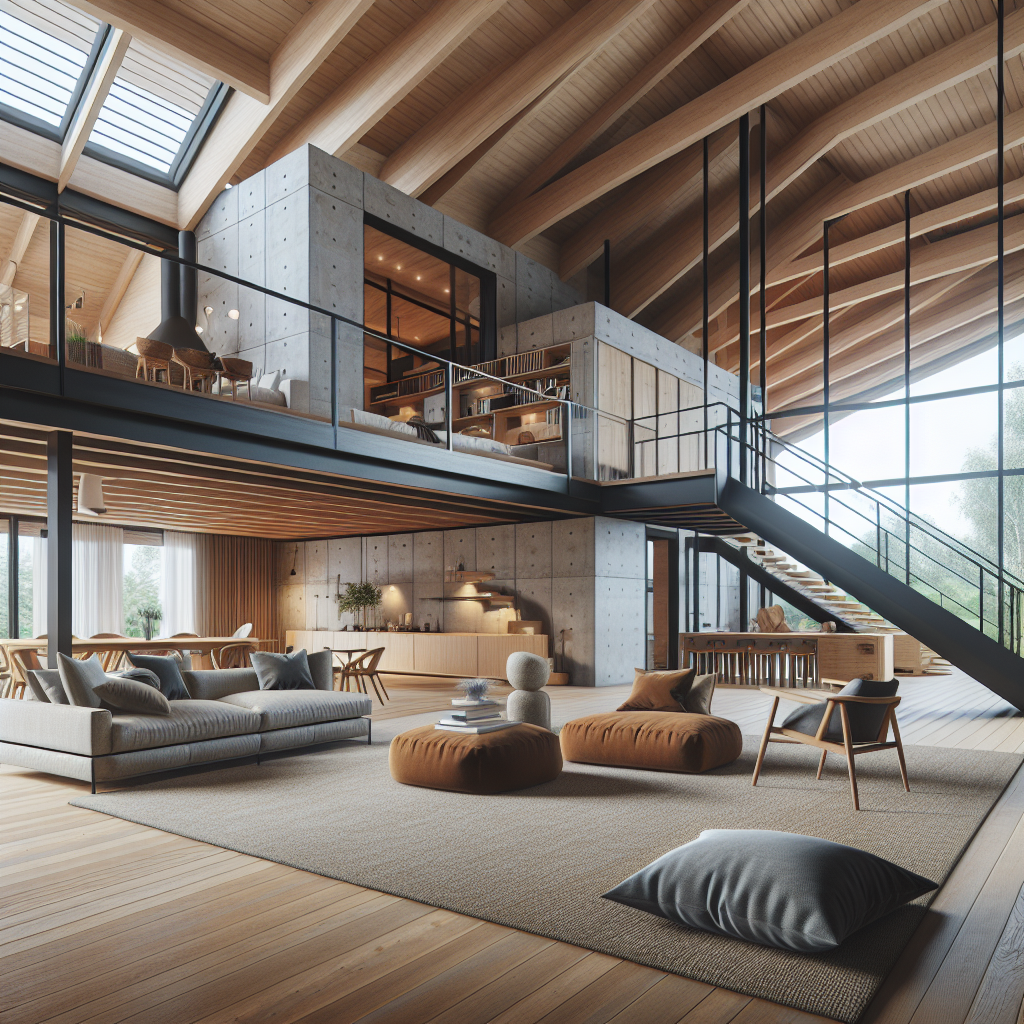
Selecting Appropriate Building Materials For House Design
Choosing durable, eco-friendly, and culturally relevant materials can enhance small home design in Nepal:
- Stone - Locally available stone-like slate is excellent for foundations and cladding. Stone walls also provide thermal mass to balance indoor temperatures.
- Brick - Burnt clay bricks are long-lasting and traditional to Nepal. They can be left exposed or plastered over.
- Mud and Adobe - These ancient construction techniques using rammed earth or mud blocks are naturally insulating and sustainable when properly executed.
- Thatch - Thatch made of straw, reeds, or grasses is an affordable roofing material with good insulation. It requires maintenance every few years.
- Bamboo - Extremely strong and fast-growing, bamboo can be used for walls, ceilings, floors, columns, doors, windows, etc. Preservative treatment is needed against termites.
- Wood - Salvaged wood can be used for windows, rafters, stairs, furniture, etc. It should be properly seasoned and treated for protection.
- Metal - Corrugated Galvanized Iron (CGI) sheets are moisture-resistant roofing and cladding options, especially for sloped canopies.
A mix of traditional and modern materials can strike the right balance for small homes. Local skills and artisans should be utilized for construction where possible.
Blending Traditional and Contemporary Design
Nepal has a culturally rich architectural heritage that can be mixed with modern design for authentic small homes:
- Incorporate decorative brick motifs - Traditional Nepali homes exhibit exquisite block carvings like jali screens, dialog bands, lattices, etc. Contemporary can recreate such details.
- Display carved wood columns and railings - Decoratively carved wood pillars, door frames, window screens, and railings add traditional character.
- Add accents like pottery tiles - Terracotta tiles as wall decor, flooring or ceiling accents provide warmth. The clay is sustainably sourced locally.
- Use pitched canopy with overhangs - Pitched canopy with generous overhangs are typical in pagoda-style Nepali architecture allowing good rainfall runoff.
- Paint wood elements in brick-red and green - Traditionally, wood columns and windows are painted reddish-brown and green, contrasting with brick walls.
- At the same time, modern comforts like electricity, plumbing, appliances, TV, Internet, etc. can be incorporated discreetly without compromising the traditional Nepali vibe. The overall effect should mix old and new seamlessly.
Optimizing Natural Light and Ventilation For Modern House
Incorporating good daylighting and ventilation strategies promotes sustainability and reduces electricity usage in small homes:
- Add skylights and air vents - Skylights let in natural light reducing dark gloomy interiors. High wall vents encourage air circulation and passive cooling.
- Use light shelves on south-facing windows - Horizontal light shelves bounce back direct sunshine preventing glare and evenly dispersing interior light.
- Add ceiling fans - Ceiling fans improve air movement and give a cooler feel especially in humid summer months.
- Paint interiors in light colors - White or pale interiors with adequate daylight feel more spacious and airy. Dark colors make small rooms appear cramped.
- Include high clerestory windows - Vertical windows near the ceiling let in good overhead light. They can be used if ground-floor view windows are absent.
- Add shading devices as needed - Simple shading devices like overhangs, louvers, pergolas, etc. can cut out excessive solar heat and glare.
- Insulate canopy and walls - Insulation prevents heat gain in summers and heat loss in winters, improving indoor comfort.
With the right strategies, small homes can be naturally well-lit and ventilated despite having a compact footprint.
Sustainable Features for Small House Designs In Nepal
There are many ways to add eco-friendly and energy-efficient features to small homes on a budget:
- Solar water heating - Solar panels on the canopy can supply hot water without electricity or gas, although initial installation is expensive.
- Rainwater harvesting - Collecting rainwater in underground tanks or containers reduces water bills and supplements supply. The water can be reused for flushing, gardening, etc.
- Composting toilet - Composting toilets reuse human waste onsite as fertilizer instead of using water for flushing. They are a sustainable sanitation method.
- Solar PV panels - Even 2-3 solar panels can provide sufficient electricity for lighting, fans, and charging in a small home. Batteries store any excess power.
- Energy efficient appliances - Choosing high-energy star ratings reduces electricity consumption. CFL and LED lights should also be installed.
- Natural materials - Sourced locally, materials like mud, stone, and bamboo have a low carbon footprint compared to concrete and steel.
- Shading vegetation - Planting deciduous trees or shrubs provides shade in summer and sunlight in winter with minimal water needs.
While these features involve additional upfront costs, the long-term savings and environmental benefits are well worth it. Government subsidies are also available for renewable energy adoption.
Designing Multifunctional and Flexible Spaces
With some creativity, even tiny homes can be designed for adaptation and multi-use:
- Use foldaway Murphy beds and expandable tables - Foldable furniture can be stowed away when not in use creating more floor area.
- Add movable room partitions or curtains - Temporary screens allow zooming rooms together or compartmentalizing based on need.
- Designate a multifunctional studio space - A spare corner can serve as a study, yoga zone, hobby area, etc. based on the time of day.
- Use modular storage units - Blocky shelves, benches, and units that can be rearranged to change the layout and usage.
- Include built-in or hidden storage - Storage under stairs, beds, seating, etc. hide clutter while keeping items easily accessible.
- Add multi-purpose furnishings - Ottomans with lids for storage, sofa beds, and dining tables with folding leaves help save area.
Small homes can comfortably serve multiple needs with some flexibility and dual-use areas. The key is to think through the homeowner's lifestyle and customize the design accordingly.
Important Considerations for Construction
When building a small home, some construction best practices should be kept in mind:
- Hire qualified local contractors familiar with small-area design and traditional techniques. They can source regional materials easily.
- Use earthquake-resistant construction like light timber or metal frame with masonry infill. Strengthen foundations and joints.
- Incorporate moisture protection like damp proofing, rain-screen walls, and sloped window sills. Humidity is high in Nepal.
- Install proper drainage and dewatering to prevent flooding and leakage, especially in monsoons.
- Allow extra time and budget for remote locations where transporting materials is difficult.
- Use quality fixtures, fittings, and finishes that are durable and low maintenance.
- Follow the approved plans and drawings closely. Any changes onsite should be documented.
- Oversee construction quality and safety practices. Provide workers with protective gear.
- Obtain all required permits and comply with building regulations for occupancy.
With diligent construction management, small homes can be delivered on time, within budget, and built to last.
Designing the Interior and Exterior
Along with architecture and layout, the styling of a small home's interior and exterior also matters:
Interior Design Tips
- Use light color palettes to visually expand the area
- Limit clutter and decorative items
- Include multipurpose, modular, and foldable furniture
- Use glass partitions to separate rooms without blocking light
- Add mirrors and metallic finishes for an illusion of width
- Install recessed or pendant lights rather than bulky floor lamps
- Custom-organized storage for an uncluttered look
Exterior Design Ideas
- Paint the exterior in light earthy tones that mix with nature
- Add decorative wooden brackets under canopy overhangs
- Include a front porch with chairs to enhance curb appeal
- Use wooden trellises, pergolas, and fences for greenery
- Add window boxes, planters, and gardens for outdoor living area
- Use outdoor lighting judiciously for safety without light pollution
- Consider a green roof for visual interest and sustainability
With thoughtful interior and exterior design, small homes can feel welcoming, organized, and visually spacious.
Conclusion
Small-Area living is gaining traction in Nepal as more people value affordability and efficiency. However, just being small in size does not guarantee livability. Careful attention must be given to design, layout, orientation, and materials to create an optimal small home. Mixing traditional aesthetics with modern amenities can produce a culturally authentic, sustainable, and budget-friendly place to live. With the strategies and ideas shared in this post, small homes in Nepal can be just as functional and enjoyable as conventional larger houses trend in low cost. The key is applying design sensibilities tailored to the local context.

